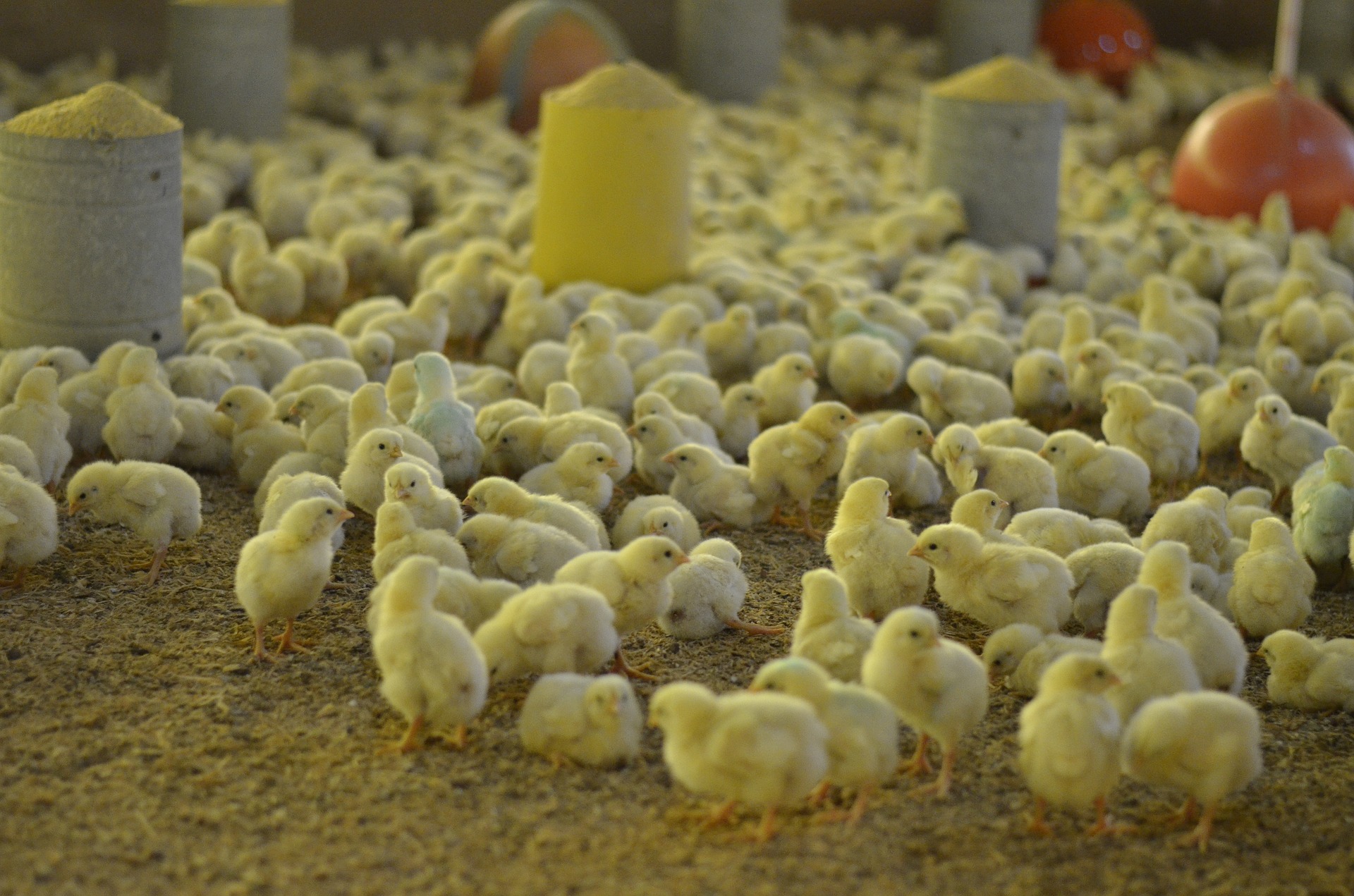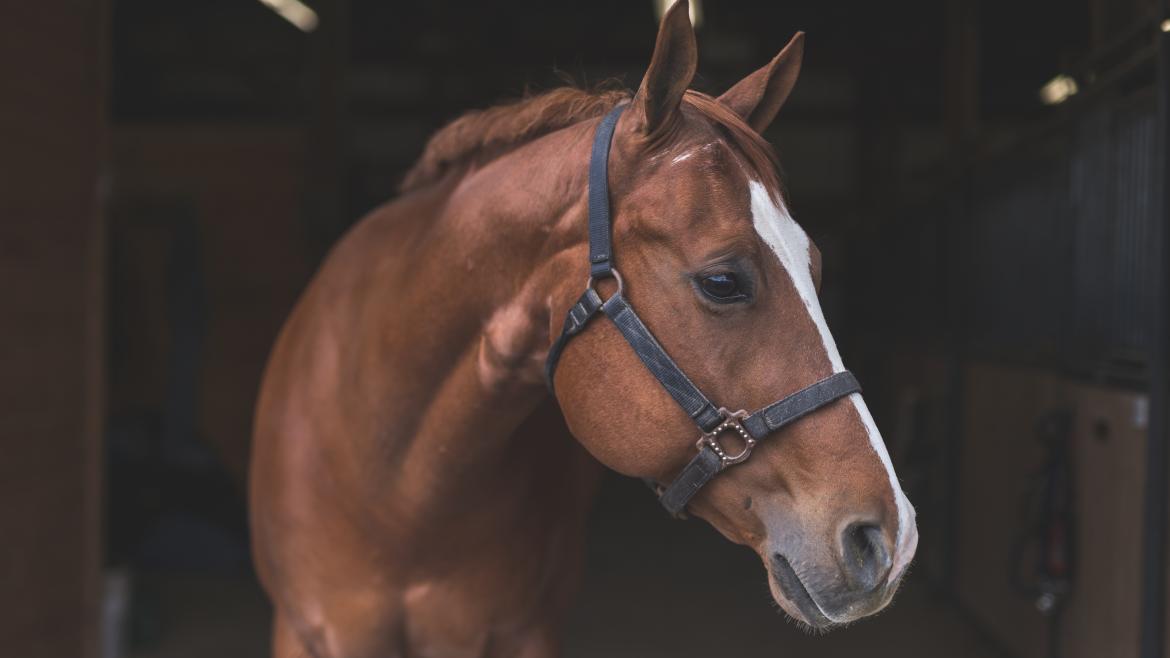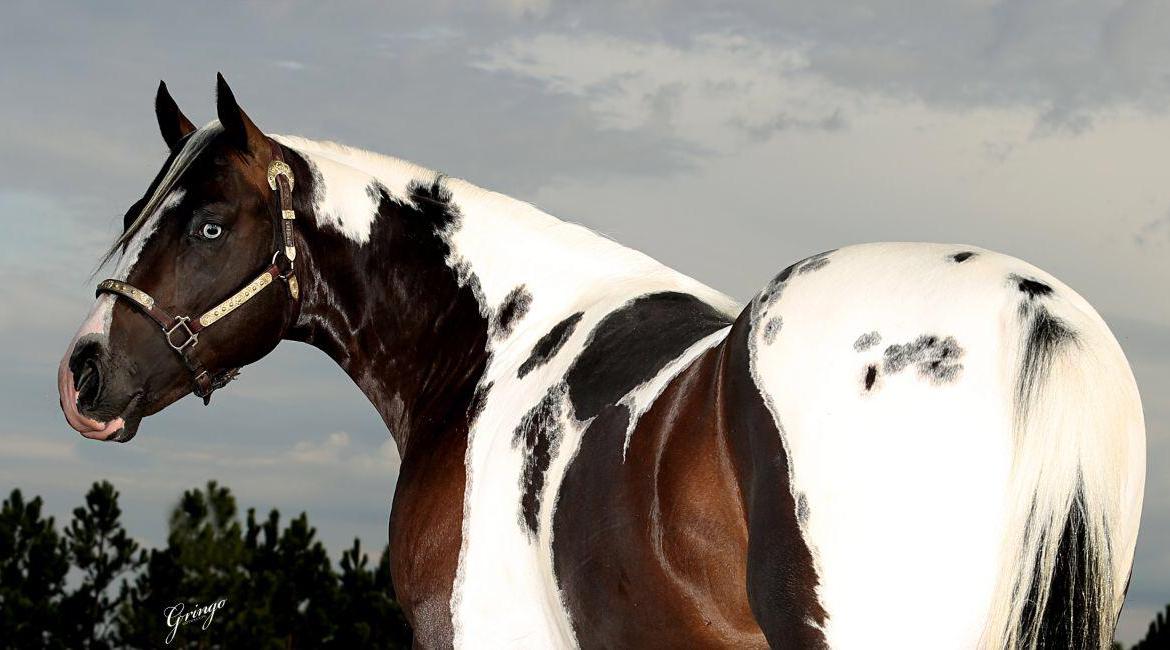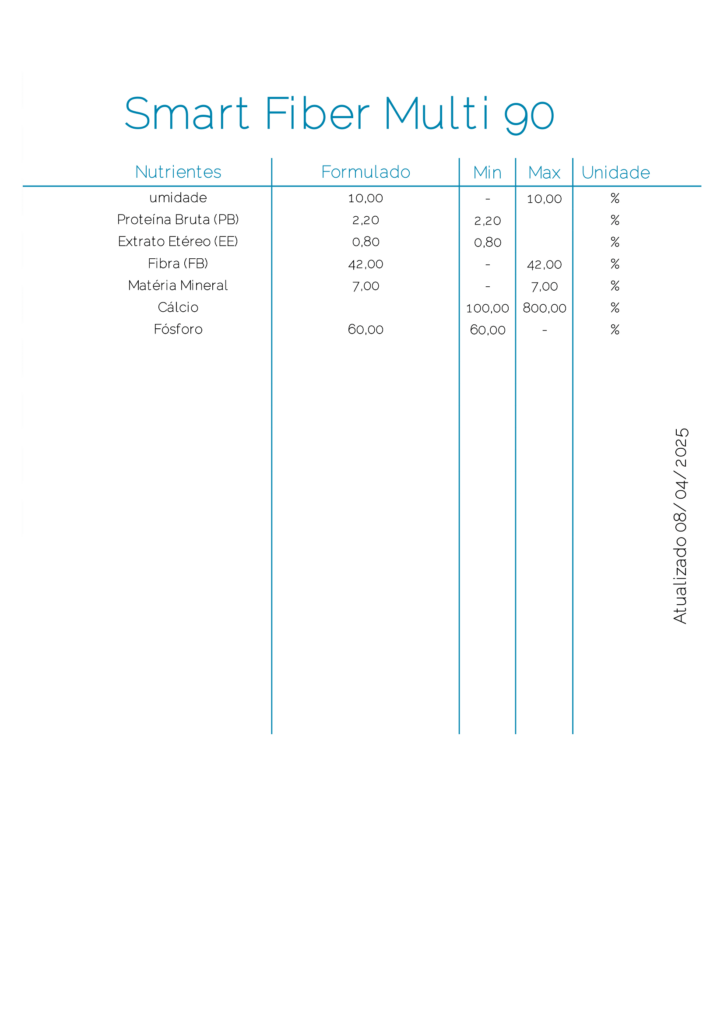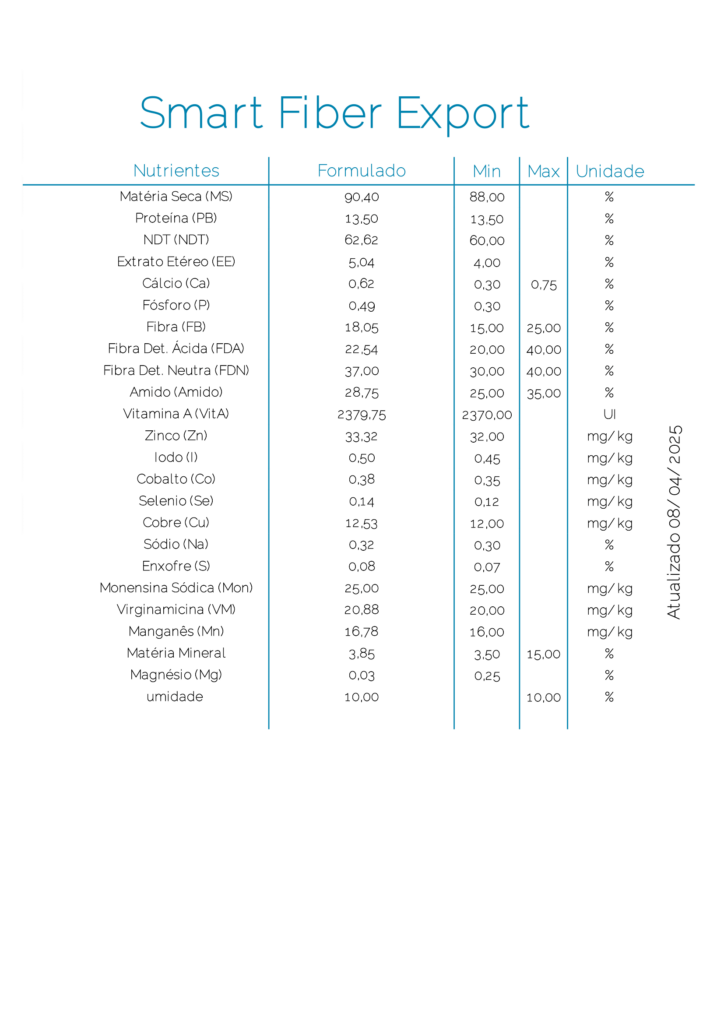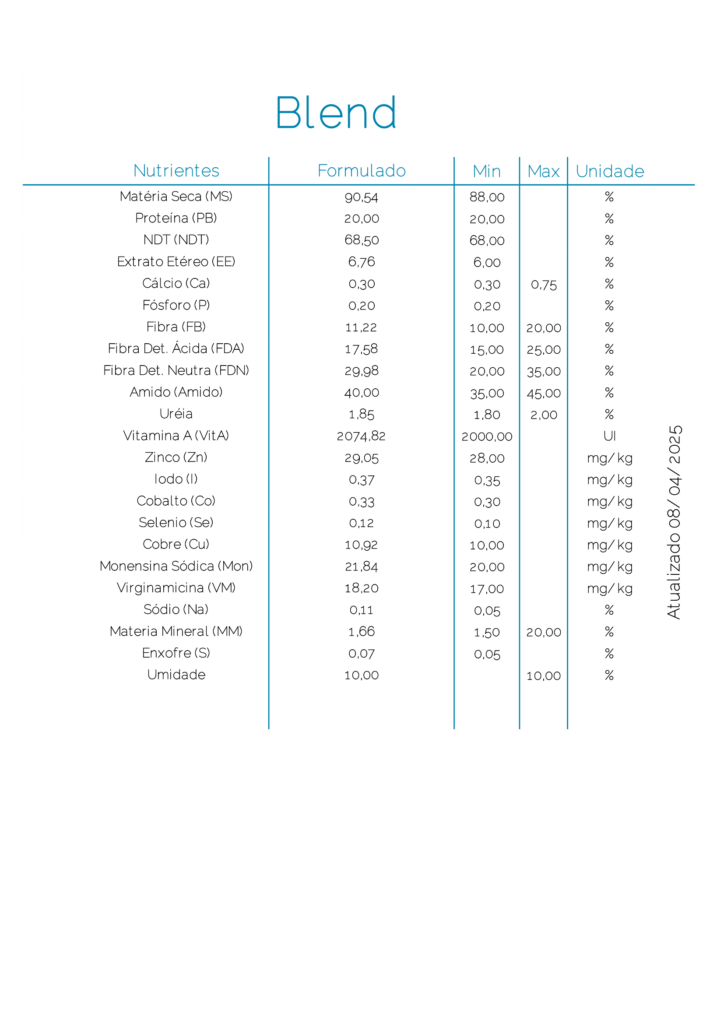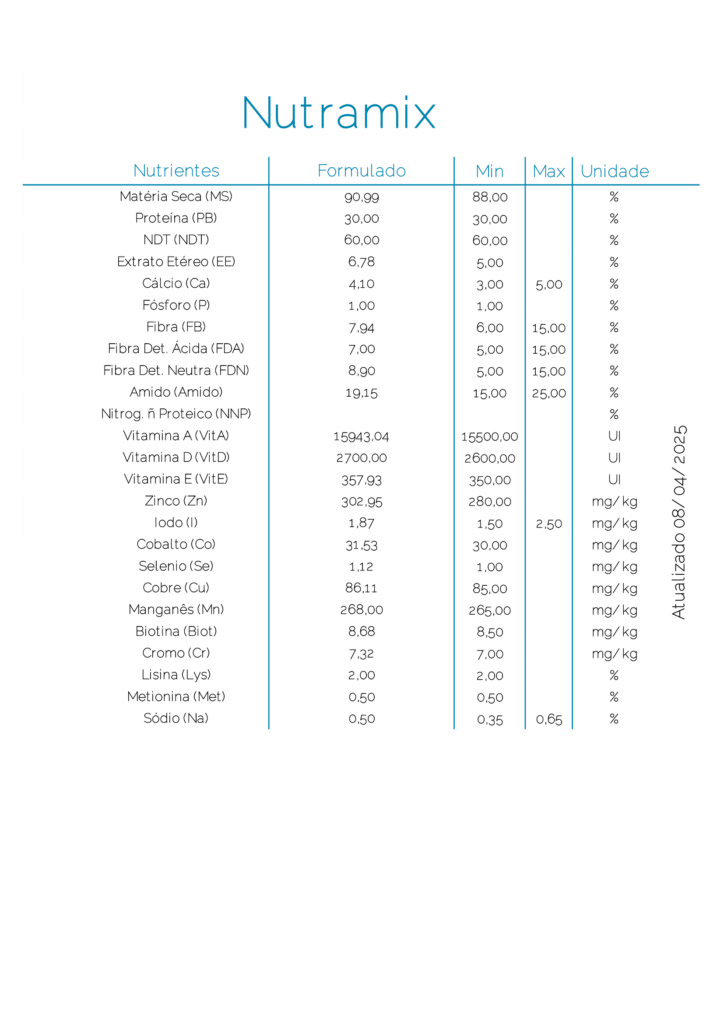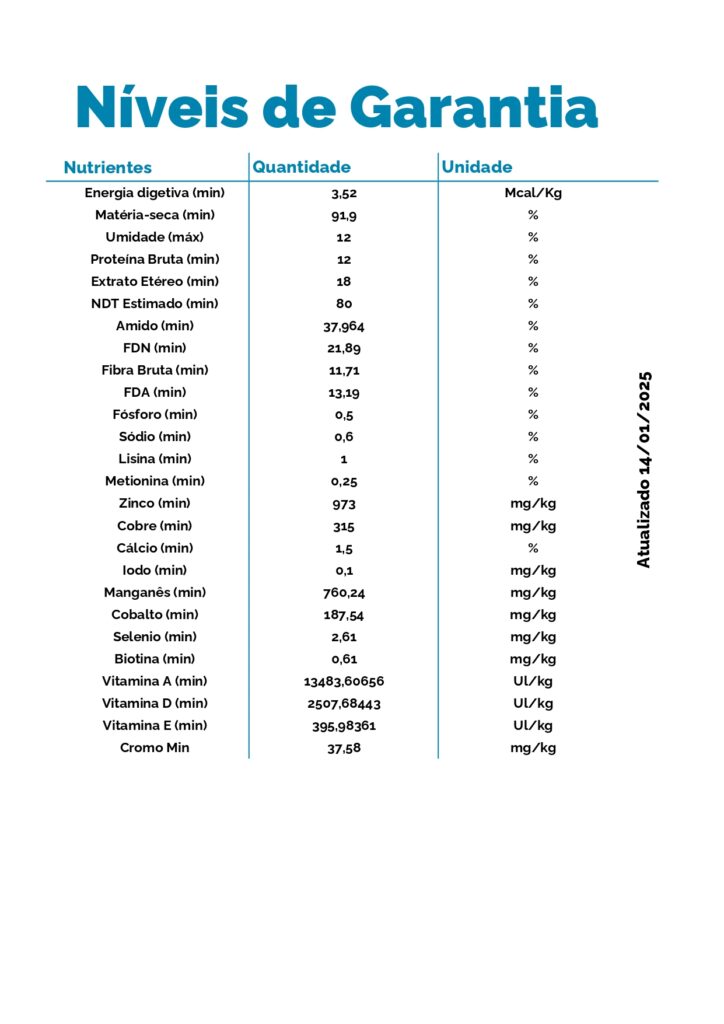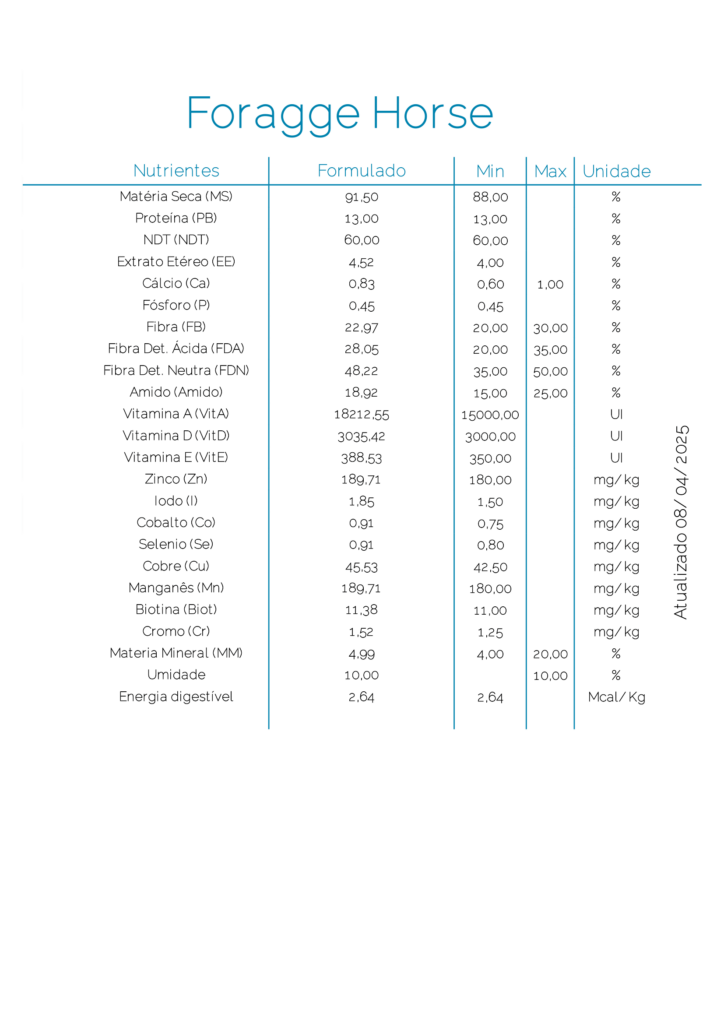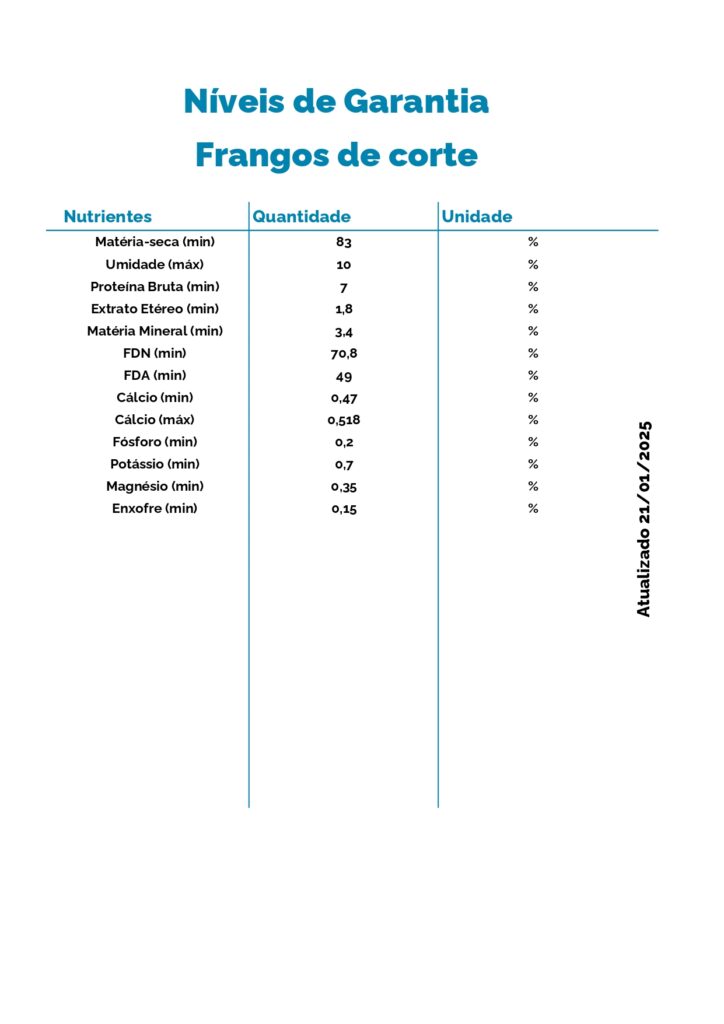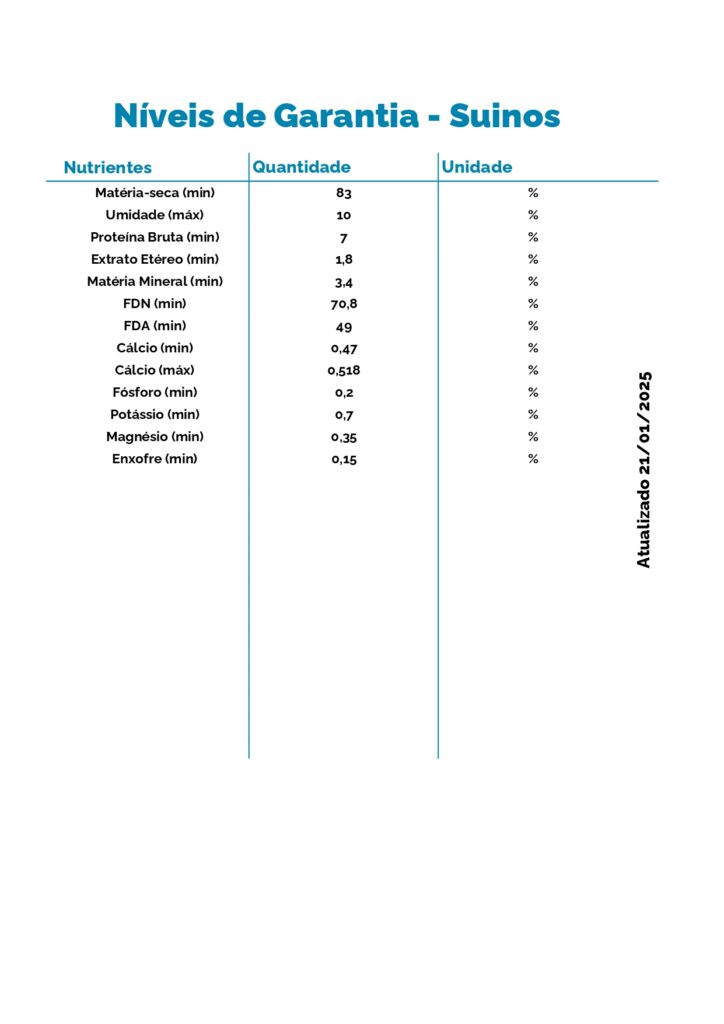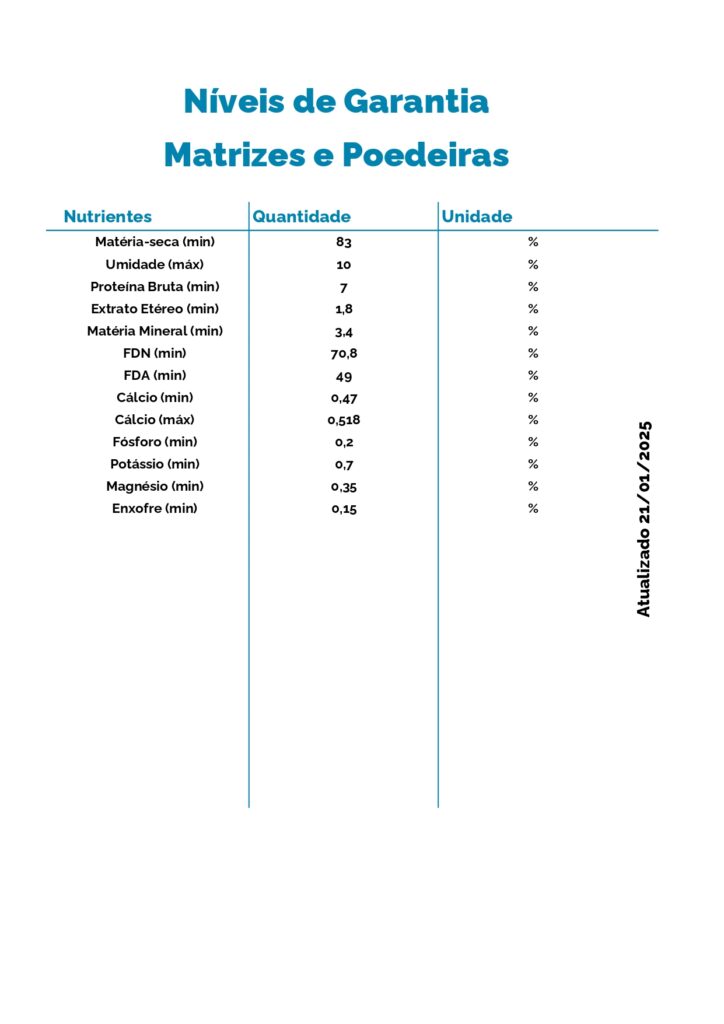Através de uma pecuária sustentável e eficiente é possível obter rentabilidade equivalente ou até superior do que a agricultura!
Pecuária sustentável, você sabe o que é e como fazer?
Este é um dos assuntos da moda dentro da pecuária mundial. De uma forma bastante prática e direta, o termo “Pecuária sustentável” nada mais é que explorar o que o ambiente nos oferece hoje de modo a não comprometer a exploração do amanhã!
O tema Pecuária Sustentável é bastante amplo e muito interessante. Recentemente a equipe do Beef Point nos trouxe informações importantes que mostram que até na Rússia, pais conhecido por terras de baixa produtividade e clima adverso, há grandes empresas atuando na pecuária de corte e com muita eficiência.
A Miratorg é uma dessas empresas. Sua filosofia consiste em não comprar animais de fora. Em suas fazendas próprias, eles têm quase 145.000 bezerros. Com isso, definem a expansão do rebanho de cria como base do projeto e apostaram no sucesso econômico do negócio guiando-se pelo ciclo completo de produção: cria, recria e engorda
Como aumentar a rentabilidade do negócio?
O produtor que quer competir com outras culturas e aumentar sua rentabilidade precisa olhar para as referências de quem está dando certo, entendendo os pontos que podem ser melhorados em sua propriedade. Além disso, fazer um bom planejamento e colocar mãos à obra, independentemente da situação atual é uma obrigação de todo pecuarista sustentável!
Na verdade colocar “mãos à obra” é o que o produtor mais faz. Mas vemos que a falta de planejamento tem levado muitos a entrar em uma situação difícil ou até mesmo a falência.
Um negócio de alto giro mas margens mais apertadas como uma propriedade de leite por exemplo, tem pouco espaço para erro, qualquer deslize pode gerar um prejuízo enorme.
Concomitante a isso, A falta de planejamento do fluxo de caixa e pagamentos geram encargos financeiros e multas que podem (sem que o produtor perceba) corroer todo o lucro do negócio. Mas por onde começar?
Como planejar a atividade: comece buscando informações!
Se você for o responsável pelo planejamento, a primeira coisa que você deve fazer é perguntar algumas coisas ao seu negócio. Veja:
As métricas que você usa para medir a eficiência da sua operação são confiáveis? O que você costuma mediar? Sabe quais são os principais riscos? Você utiliza e interpreta corretamente os dados utilizando alguma forma de avaliação mensal?
Antes de sair contratando um consultor ou gastar tempo se aprofundando em determinado assunto, brevemente pesquise um pouco e com as informações que encontrar, mapeie quais são as melhores práticas de: gestão, manejo, nutrição, sanidade e genética.
Não se preocupe em fazer um trabalho completo, COMECE que portas começam a se abrir. Aqui no blog da Nutratta ou em sites como Beefpoint, Milkpoint e outros você já vai conseguir muitas informações relevantes.
Pense quais das medidas que levantou poderiam gerar o maior impacto no resultado da propriedade. Depois separe suas ideias em impactos de curto, médio e longo prazo.
Tendo feito este trabalho de reflexão, fica mais fácil determinar quais medidas podem ser rapidamente adotadas, qual assunto você deve se aprofundar primeiro, e quando contratar o consultor.
Apoio técnico de terceiro será sempre um diferencial
Normalmente o aporte de conhecimento trazido por um terceiro gera bons resultados, uma competência/diferencial é formado pela soma de conhecimento com habilidade (experiência) e atitude, e caro é o que não se paga como costumamos dizer.
Por mais experiência que se tenha, o setor está mudando muito rápido para que a equipe (focada no dia a dia da fazenda), ou mesmo alguém que não tenha formação técnica na área, esteja a par de todas as novidades e oportunidades de melhoria disponíveis no mercado.
Ao mesmo tempo, se não é possível a contratação de um profissional para dar assistência técnica, a internet dá acesso a conhecimento barato de altíssimo nível.
O desenvolvimento do setor também está trazendo à tona fornecedores mais conscientes e que veem a importância de fortalecer a cadeia produtiva como um todo.
Como a Nutratta pode ajudar o produtor?
Pensando na importância da assistência técnica constante, a Nutratta criou um Centro de Atendimento ao Cliente para tirar todas e quaisquer dúvidas dos produtores. Também se dispõe a ajudar o consultor fornecendo dados da parte de nutrição e disponibilizando o laboratório próprio para análise dos ingredientes.
Também acreditamos que a produção pecuária de ciclo completo dá ao produtor maior controle sobre a cadeia e menor dependência de fatores externos para uma operação rentável.
Programas Nutratta: Beef+ 777 e Programa Leite+
Para auxiliar o produtor que quer tomar esta direção criamos o Programa Beef+ 777 e o Programa Leite+. Com eles, desenvolvemos um manual de aplicação e produtos desenhados para otimizar o desempenho dos animais, facilitar o manejo e acima de tudo o lucro no bolso do produtor!
Muitos podem pensar: “Blá, blá, blá mais uma empresa que criou o pozinho mágico e diz ter a solução para todos os problemas”.
No entanto, nossa tecnologia é patenteada em âmbito internacional e a Nutratta é a única fábrica de ração extrusada para ruminantes com inclusão de fibras.
Não é ração farelada, nem peletizada, é ração extrusada. A extrusão é um processso que funde os ingredientes e aumenta a digestibilidade de cada um deles. Isso faz com que o animal tenha proteína, fibra e energia ao mesmo tempo, sincronizados, conforme necessidade dos micro-organismos responsáveis pela fermentação dentro do rúmen.
As rações Nutratta funcionam?
Já temos estudos acadêmicos que mostram o resultado, análises em andamento nas mais renomadas universidades de zootecnia e cases de sucesso com todos os produtos em diversas regiões do país.
O foco é em custo/benefício e o melhor de tudo, como alguns costumam dizer, é que a vaca não mente! Depois de muito aprendizado podemos dizer que a tecnologia, se bem aplicada, gera ganhos financeiros e expressivos ao produtor.
Na medida em que se torna possível complementar a fonte de volumoso da fazenda é possível aumentar a digestibilidade da dieta ou taxa de lotação (além de simplificar muito o manejo).
O foco deve ser em aumentar o lucro por hectare, arrobas produzidas menos nutrição e outros custos por hectare (ou m2), em vez do lucro por animal.
Um grande abraço,
Rodrigo B. Samaia
Coordenador de Marketing da Nutratta
www.nutratta.com.br | Ração Inteligente

